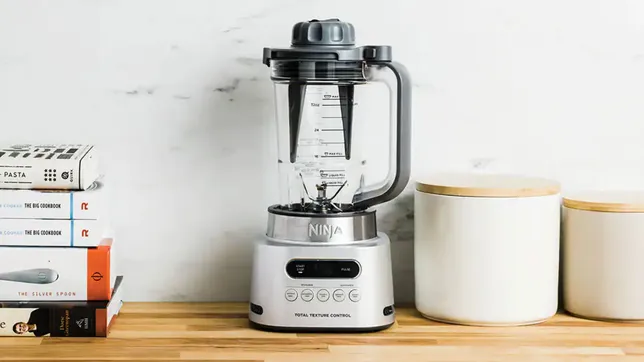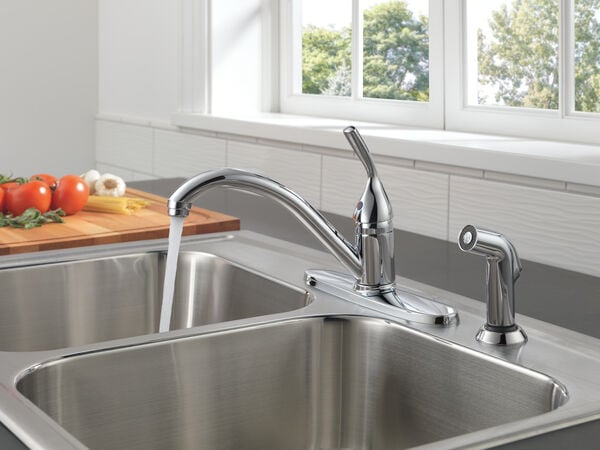
Many people wonder if they can use a blender instead of a food processor. The good news is, yes, you can! By making some changes to the blender settings, you can use it to prepare certain dishes like a food processor.
However, it’s essential to know that a food processor can do more things than a blender, as it’s a more versatile kitchen tool. Now, let’s look at the specific functions of a blender and a food processor before learning how to use a blender as a food processor
How Does A Food Processor Work?

A food processor is a popular kitchen tool that uses spinning blades to cut food into small pieces. It requires very little liquid and can be used for blending, slicing, chopping, dicing, and grating various ingredients like fruits, vegetables, and herbs. It’s easy to use – just put the ingredients through a chute, and the sharp blades will do the work.
The food processor is versatile, as it can also blend certain foods into sauces or salad dressings, making meal preparation faster. It comes in different sizes, such as mini, compact, and full, with various components like a bowl, lid, feed tube, and attachments. The motor is located at the base, providing stability during use.
Depending on the size of the food processor, the larger it is, the more powerful the motor will be. The appliance’s weight contributes to its stability while in operation. It typically consists of a shaft connected to the motor, with the bowl and lid made of durable and transparent plastic.
To use the food processor, you place the food item in the device through a pipe called the feed tube and then push it further with a plunger. It also has a shredding disc that efficiently grinds ingredients like vegetables, apples, and cheese in less than a minute.
How A Blender Works

A kitchen essential, the food blender is a versatile appliance featuring powerful spinning blades that efficiently blend various ingredients like vegetables, nuts, fruits, and herbs. It’s the perfect choice for making juices, purees, soups, and any other liquid-based recipes.
The food blender consists of a sturdy base with a tall, pitcher-like container on top. The container can be easily removed for convenient pouring and serving.
Operating the food blender is simple. Just add the desired fruits, vegetables, or other items into the container, then attach it securely to the base or motor. The blender typically has a start button located on the base or side.
Press the start button, and the motor will activate, causing the blades to spin rapidly in a circular motion. This ensures all the ingredients are thoroughly mixed, resulting in smooth and speedy blending.
How To Use a Blender As a Food Processor?
As mentioned earlier, you can use your blender as a food processor by making a few adjustments to the settings.
While food processors and blenders serve similar purposes, they are often used differently in the kitchen. However, many foods can be prepared interchangeably with either appliance.
To use your blender as a food processor, start by adjusting the speed setting to slow down the blending process. Blenders work at high speeds and can liquefy solid foods in under a minute, much faster than food processors. Change the settings from puree or liquid to a normal one to achieve a thicker texture similar to a food processor.
Blenders are excellent for making drinks, purees, or juices, while food processors are ideal for chopping food into smaller chunks. Avoid adding any liquids when using the blender for food processing to maintain the desired texture.
Keep in mind that blenders cannot perform chopping, shredding, slicing, or grating functions. For these tasks, you’ll need to use a knife.
Wrapping Up
Blenders and food processors share some similar functions, but they operate differently. While a few dishes can be prepared using a blender as a substitute for a food processor, the options are quite limited.
For example, blenders are great for making thicker soups, smoothies, ice creams, and slushies instead of using a food processor.
Our recommendation for a hassle-free kitchen experience is to opt for a separate food processor rather than experimenting with a blender. Food processors are highly useful and practical kitchen tools.
However, if a food processor exceeds your budget, you can always resort to using knives or a vegetable chopper, which are convenient and more budget-friendly alternatives.















